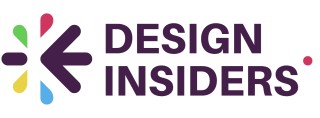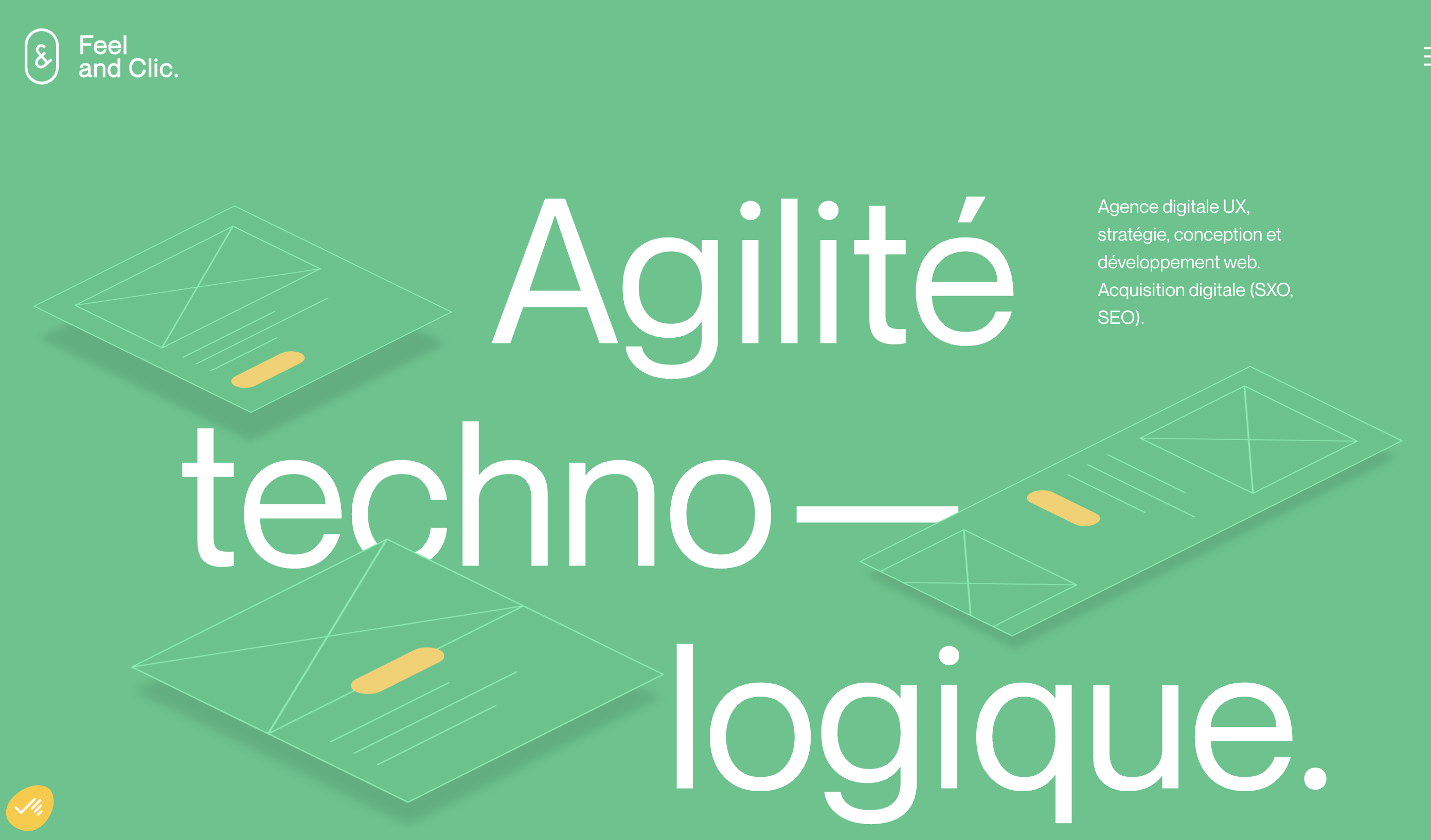
Understanding Content Marketing in Design
The Foundation of Effective Digital Communication
The realm of design and content marketing intertwines uniquely, forming the bedrock of digital communication. In today's fast-paced digital world, this duality becomes increasingly significant, with brands striving to seamlessly integrate content with visual aesthetics. Content marketing, at its core, involves crafting and distributing valuable, relevant content to attract an audience. When it comes to design, it's about utilizing visual elements to enhance storytelling, strengthening brand identity, and engaging the target audience with precision. A well-crafted content strategy provides the necessary framework for marketing efforts, determining what types of content will resonate with users. Think of blog posts, engaging videos, or dynamic website elements. Each piece of content needs to align with the overall brand image and marketing strategy. For more insights into crafting compelling body copy that aligns with these principles, explore this art of design communication. To illustrate, innovative marketing campaigns by prominent brands often use data-driven approaches. By tapping into customer preferences, marketers can tailor their strategies, ensuring each piece of content serves a purpose. This approach not only assists in building brand awareness but also fosters customer loyalty. Brands showcasing their products through well-executed content marketing examples create an engaging narrative, fortifying their position in the marketplace. The intersection of design, content creation, and marketing automation simplifies these efforts, offering a streamlined path from conception to execution. In essence, understanding content marketing within the context of design is about marrying creativity with strategic planning, ensuring that each element of your digital presence speaks to your audience, reflecting both your brand's voice and visual identity. From social media to your own website, the harmony between content and design is pivotal for success in today's competitive landscape.Case Study: Visual Storytelling in Design
Visual Narratives as Storytelling Elements
Design in its essence seeks to communicate and connect. In the realm of content marketing, visual storytelling plays a pivotal role in bridging the gap between a brand and its audience. By utilizing dynamic and engaging visuals, brands can evoke emotions, tell complex product stories, and capture the essence of their identity. This is not just about pretty pictures; it's about crafting narratives that speak to the heart of the target audience, establishing a deeper connection. A well-executed visual storytelling strategy can set the stage for an effective marketing effort. Successful marketing examples often feature brands that utilize their unique visual language in everything from their blog posts to their social media strategies. For instance, integrating high-quality images and videos into a blog post can help in prolonging viewer engagement time, while also boosting brand awareness. These elements are vital in building a digital marketing strategy that captivates and converts.Creating a Visual Focal Point
The central element of visual storytelling is the focal point—a strong, clear message or theme that the content revolves around. Whether it's through a vivid image, an informative infographic, or a compelling video, creating a focal point helps direct the audience's attention and presents a clear path to the brand’s messaging. As many customers interact with multiple marketing channels, keeping a consistent visual theme ensures a coherent message across platforms. Moreover, visual storytelling provides excellent opportunities for integrating data-driven insights. By understanding consumer behavior through marketing automation tools, brands can tailor content to align with customer preferences, delivering personalized experiences that enhance brand loyalty. For those venturing into the nuances of personalized marketing content, understanding the impact of visual storytelling is crucial. These strategies incorporate consumer data, helping businesses craft targeted content that resonates well with their target audience. Learn more about this by diving deeper into effective marketing personas and their role in creating meaningful content for digital marketing strategies. The blend of art and data in visual storytelling empowers brands to transform their narratives into memorable marketing campaigns.Interactive Content: Engaging the Audience
Embracing Interactivity to Captivate Your Audience
In today's fast-paced digital landscape, capturing and retaining the audience's attention presents a myriad of challenges for brands. One of the most effective strategies is through the creation of interactive content. This approach not only engages the audience but also enhances their experience with the brand, thus fostering a deeper connection. Interactive content requires a thoughtful content strategy that encompasses elements like quizzes, polls, clickable infographics, and interactive videos. These tools not only elevate brand awareness but also help collect valuable data about customer preferences. Understanding these preferences is crucial for tailoring products and services that resonate with the audience. When executed effectively, interactive media serves as an invaluable asset within your marketing strategy. For example, a brand can leverage quizzes on their website to guide consumers toward the best product for their needs. Marketing automation tools can then integrate this data to personalize email marketing campaigns, further enhancing the customer journey. A well-crafted interactive content strategy encourages sharing across social networks, thus amplifying your digital marketing efforts. When users engage with and share your content, it creates a ripple effect, organically expanding your reach to potential new customers. By fostering conversations and inviting user participation, your brand can create a loyal community around its offerings. Incorporating interactive content into your marketing initiatives can lead to significant improvements in engaging your target audience. Learning from compelling marketing examples and continually analyzing performance metrics is essential. Ensure your campaigns are data driven and adapt to evolving consumer demands. For more insights on elevating your brand through visual storytelling and content engagement, visit this blog post.The Power of User-Generated Content
Harnessing the Influence of User-Generated Content
User-generated content (UGC) has emerged as a pivotal element in content marketing strategies, especially within the design industry. By leveraging the creativity and experiences of customers, brands can foster a more authentic connection with their audience. This approach not only enhances brand awareness but also enriches the overall marketing content.
UGC can take various forms, such as social media posts, reviews, blog posts, and even video content. These contributions from customers help build a community around the brand, encouraging engagement and loyalty. For example, a design company might encourage customers to share photos of their products on social media, creating a gallery of real-life applications that potential customers can relate to.
Building Trust and Authenticity
Incorporating user-generated content into your marketing strategy can significantly boost credibility. When potential customers see real people using and endorsing your products, it adds a layer of trust that traditional advertising often lacks. This authenticity is crucial in a digital marketing landscape where consumers are increasingly skeptical of overly polished marketing campaigns.
Moreover, UGC can serve as a rich source of data-driven insights. By analyzing the types of content your audience shares, you can better understand their preferences and tailor your content strategy accordingly. This approach aligns with the broader trend of data-driven marketing efforts, where decisions are informed by real-world customer interactions.
Encouraging Participation and Engagement
To effectively utilize user-generated content, brands should create opportunities for customers to participate. This can be achieved through contests, hashtags, or dedicated sections on your website where users can submit their content. Encouraging participation not only generates valuable content but also deepens the connection between the brand and its audience.
For instance, a design brand might launch a campaign inviting customers to share their design projects using a specific hashtag. This not only generates a wealth of marketing content but also creates a sense of community among customers who share similar interests.
Ultimately, user-generated content is a powerful tool in the arsenal of content marketing strategies. By tapping into the creativity and enthusiasm of your audience, you can create a dynamic and engaging brand presence that resonates with customers and enhances your overall marketing efforts.
Utilizing Social Media for Design Marketing
Leveraging Platforms for Brand Engagement
In today's world, utilizing social media is critical to enhancing your brand’s visibility, enabling a robust marketing strategy tailor-made for digital audiences. Social media platforms are not just outlets for basic content sharing; they are dynamic tools that open doors to innovative marketing examples, such as interactive campaigns and creatively narrated video content. These platforms provide brands with a stage where innovation meets interaction, making it an ideal place to implement a well-rounded content strategy. Social media channels like Instagram, Facebook, and Twitter offer varied content formats that cater to different audience preferences. You might start by creating visually appealing images and videos to capture attention. Videos have a unique ability to convey complex messages simply and quickly, appealing to the visual storytelling elements we discussed earlier. Building a YouTube channel dedicated to your design brand can play a pivotal role in expanding your reach further.Building Brand Awareness and Loyalty
The power of social media is undeniable when aiming to increase brand awareness. Effective strategies often include consistent posting, engagement with followers, and data-driven techniques to tailor content that resonates with the target audience. Aspiring brands should take advantage of marketing efforts like influencer collaborations and user-generated content, which were covered in a previous section, to humanize their brand and foster genuine connections with their audience. Social media is also essential for developing a two-way communication channel with your customers. Engaging directly with your customers allows them to feel acknowledged and valued, cultivating customer loyalty and influencing their buying decisions positively. Additionally, leveraging insights from social media analytics can lead to informed decision-making, helping you refine and optimize your content creation process.Experimenting with Content Formats and Campaigns
The flexibility of social media platforms allows for experimentation with various content formats. From live videos to ephemeral content like stories, the key to social media success lies in staying adaptable and responsive to the ever-evolving digital landscape. Be open to incorporating the latest trends into your strategy to maintain relevance. Observing the best practices from successful marketing campaigns can provide effective blueprints for your initiatives. Email marketing campaigns can complement your social media strategy by driving traffic back to your blog or website, enhancing the effectiveness of your marketing content. Creating a pipeline where each segment of your campaign is interconnected ensures your audience remains engaged across different platforms, maximizing reach and impact. Ultimately, when harnessed effectively, social media can fuel a design-centric content strategy that propels your brand's identity forward, building a bridge between your products, services, and the audience, making your brand a trusted authority in the digital space.Measuring Success: Metrics and Analytics
Analyzing the Impact of Strategic Metrics
In the world of digital marketing, success isn't just about creating compelling social media posts or enchanting videos. It's about continuously measuring the effectiveness of these efforts to enhance your brand's reputation and reach. Understanding audience engagement through data can significantly improve your content marketing strategy. Engaging your audience through interactive content or leveraging the power of user-generated contributions requires constant monitoring and analysis. Metrics not only reflect consumer reactions but also help in adjusting strategies for better alignment with your target audience's preferences.- Website and Blog Analytics: Websites and blogs serve as primary platforms for content dissemination. Analyzing traffic sources, bounce rates, and average time spent on pages offers insights into what content resonates best with your audience.
- Social Media Metrics: Monitoring likes, shares, and comments across different social media platforms helps gauge brand awareness and the effectiveness of your social media marketing strategy. It informs adjustments to tailor content better suited to your audience's preferences.
- Video Content Performance: Evaluate video engagement through platforms like YouTube by analyzing views, watch duration, and viewer retention. It helps in refining your video content strategy to better captivate and retain your audience's attention.
- Email Marketing Campaigns: Metrics such as open rates, click-through rates, and conversion rates guide improvements in email marketing efforts, allowing for more personalized and effective communication with your customers.















